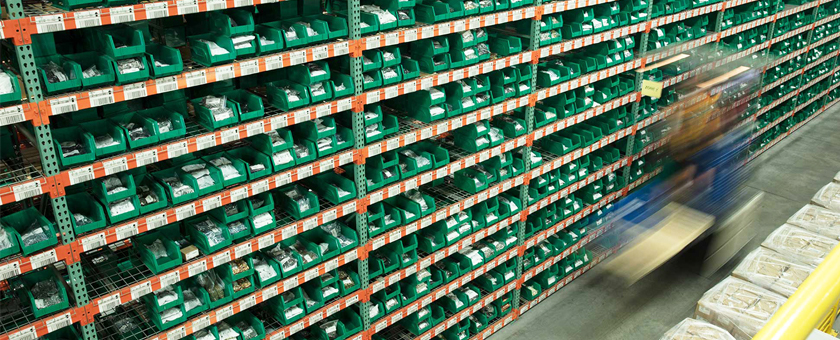When original equipment manufacturer (OEM) production floors are operating in harmony, they truly are a thing of beauty. Everyone and everything coming, going and working together to get quality product out the door and into customers’ hands on time. At the same time, OEM plants are akin to fragile ecosystems where even small changes might disrupt the rhythm, and worse, the production schedule. That’s enough to send shivers down even the most seasoned operator’s spine. It’s also the reason why many manufacturers have reservations about making a supplier change.
But, the most successful plants operate under a cycle of evaluation, action and reflection. Not to be satisfied with mere harmony, the leaders of these plants seek efficiencies and seize opportunities for growth. It can be uncomfortable moving from the known to the unknown, but sometimes change is required in order to improve. If the path to achieving your growth goals includes introducing a new supplier, you’re going to need a solid plan, the right partner and the right mindset in order to avoid potential risks and make the transition seamless. With an experienced partner to help you weather the storm AND maintain your sanity, you can manage a supplier change painlessly. That’s what we call harmonious disruption.
Maintaining Knowledge
As the people in a company change, one of the greatest hurdles is maintaining tribal knowledge. “In many industries, a good deal of the knowledge about products, processes and customers is not written down — it is in the workers’ heads.” This is tribal knowledge. In our industry, this type of information only comes with experience gained through years of digging into the nitty-gritty of manufacturing. The concept encompasses not only the knowledge held by employees, but everyone who touches the company, including suppliers. Often times, this knowledge includes details not everyone thinks of, from usage patterns across seasons to minute differences between seemingly similar products.
At Endries, we know that carrying on this tribal knowledge seamlessly is important when making a supplier change. With each new customer, we carefully examine the product samples we are provided to determine any discrepancies between the print and description information. Like tribal knowledge, engineering changes are not always documented, and we want to ensure that your new products are a perfect match from the start. Incorrect products only lead to extended timelines and frustration, therefore we eliminate that potential headache with our initial assessment. We also want to ensure that past issues aren’t recreated, so we get the discussion started early with interviews and on-site analysis.
Monitoring the Supply Chain
When switching from one supplier to another, continual pipeline analysis is one of the keys to a smooth transition. The more visibility you have into the pipeline, the more seamless the transition. One of the best ways to get a feel for a new supplier relationship is to monitor everything from usage and daily run rate to customer and supplier stock differences.
In order to avoid potential road bumps in the process of a supplier change, we maintain visibility and adjust accordingly. Shortages, for example, can be forecast through careful pipeline monitoring. By being able to foresee potential shortages long before they occur, we are able to plan ahead. There are many adjustments that can be made to solve for this type of problem, such as switching from an import to a domestic product. However, it is the visibility into the pipeline that allows these adjustments to be made before the problem truly arises.
Harmonizing the People, Process and Program
There are many moving parts that must work together in order to achieve a successful transition. These moving parts can be summed up into the 3 P’s: People, Process and Program. These components must work together uninterrupted, as cogs in the same machine, in order for a supplier change to run smoothly. If these elements are not in harmony, then there will be issues.
However, when all of these elements are aligned, it makes for a smooth supplier change. A harmonized transition eliminates potential heartburn by keeping everything in control. At Endries, we have a lot of experience making this leap and have developed a process that delivers on all three fronts. Our knowledgeable employees, as well as our software program, are well prepared to handle even the largest transitions. If you make the decision to move to PULSE, an inventory management solution, you can be confident the transition will improve your production, not interrupt it.
Are you thinking about making the switch? Let’s talk!


